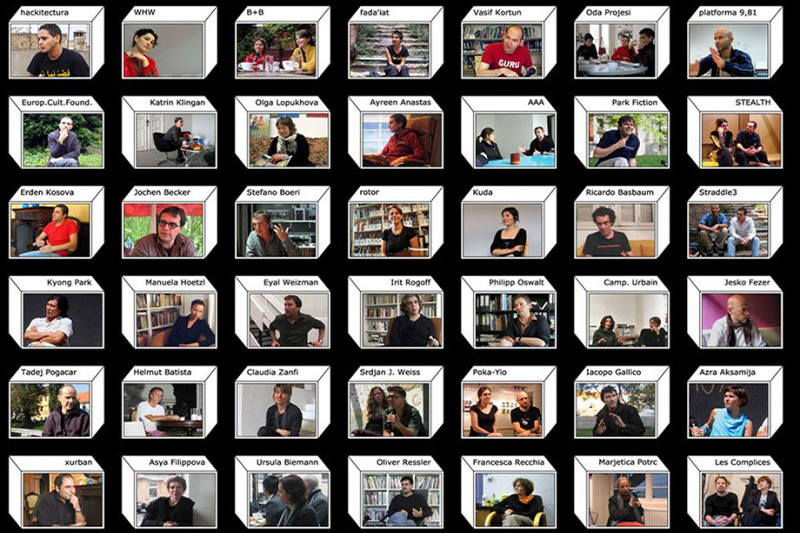- Event
- Los Angeles
- 25-28.02.2009
- NETWORKED CULTURES
CAA 2009 CONFERENCE, LOS ANGELES
CAA College Art Association
97th Annual Conference
Session: Stealth Public Art
Traditional, sanctioned models of public art generally do not ebb into extinction (although we sometimes may wish this were so) but coexist with new initiatives competing for legitimacy and currency. Object- and design-driven models of permanent public art persist, but other initiatives and innovations have produced an exciting, unsettling, and discursive range of artifactual, social, spatial, and political manifestations—including installations, interventions, performances, products, reenactments, and multiple forms of collaboration—that engage subjects and issues with agility and urgency. It is this thrilling instability and ubiquity that makes “stealth” public art difficult to dismiss and elusive to examine critically. The session comprises papers and presentations from artists, art historians, critics, and curators on alternative practices, projects, and initiatives that seek to question, bypass, or transform existing models and accepted conventions of public art. Whether peripatetic, unobtrusive, or clandestine, these frequently artist-initiated works anticipate imminent issues and stimulate critical ideas regarding the future of the public art and public space.
Wednesday, February 25, 2:30 PM–5:00 PM
Concourse Meeting Room 408B, Level 2
Los Angeles Convention Center
Chair: Patricia C. Phillips, Cornell University
Orange Work: Renegotiating Public Space, John Hawke, Suffolk Community College
Take It to the Air: Radio as Public Art, Sarah Kanouse, University of Iowa
Networked Cultures: Circulations of Unsoliticed Connectivity, Helge Mooshammer, Vienna University of Technology
Meanwhile, Zoe Sheehan Saldana, Baruch College, City University of New York
Session: Rights to Expression vs. Regimes of Power in the Public Sphere
This session encompasses papers addressing works of art, architecture, or other uses of visual culture that explore rights to self-expression in the public sphere. At the same time that new media have expanded our potential for expression, older forms (places of worship, public squares, monuments) still flourish. Concurrently, definitions of public and private space have been increasingly problematized and reconfigured through both globalization and the disembodiment of the traditional space-time continuum. Topics covered will include the public sculpture/installations of Thomas Hirschhorn, the politically volatile work of Argentine artist Leon Ferrari, and the impact of terrorist threats on altering future models for urban design.
Thursday, February 26, 2:30 PM–5:00 PM
Ahmanson Auditorium, 1st Floor
MOCA, Grand Avenue
Chairs: Noah Chasin, Bard College; Susan Merriam, Bard College
Means to Ends, Ends to Means: Repetition and Expression in the 1980s, Johanna Burton, Whitney Museum Independent Study Program
Marking Rights: The Politics of the Trace in the Work of Allora and Calzadilla, Yates McKee, Columbia University
Léon Ferrari versus the “Barbarism of the West”, Todd Porterfield, University of Montreal
Structures of Experience: Thomas Hirschhorn against Architecture, Lisa Lee, Princeton University
Gunners and Runners: Counterterrorism Design in an Age of Fear, Peter Mörtenböck, Goldsmiths, University of London
